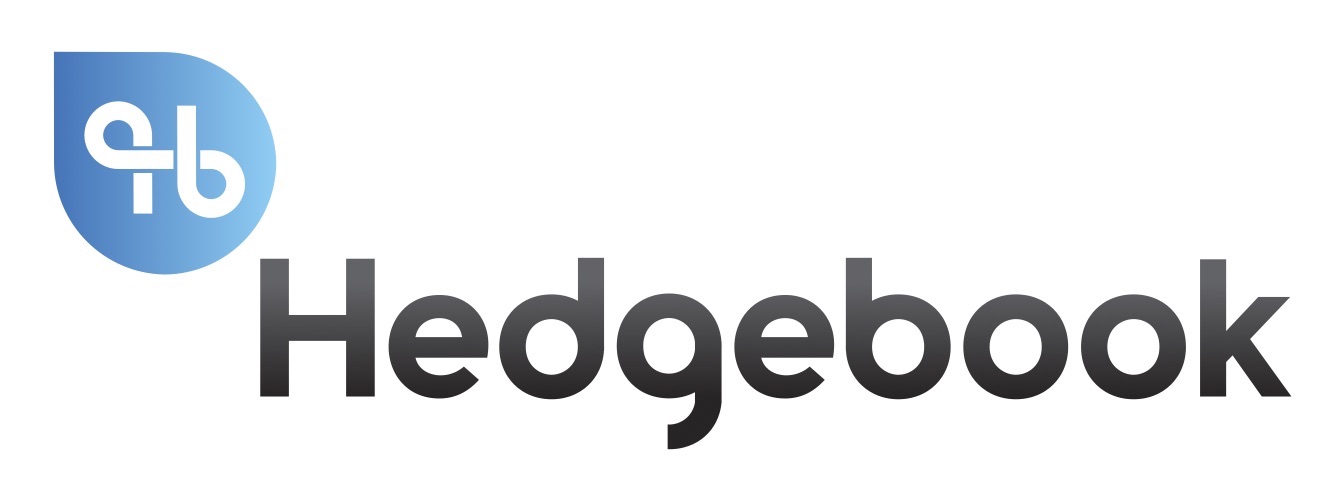It is a well-established fact; banks everywhere are on a digital transformation journey – including client FX management solutions. They want to use technology to equally drive greater customer satisfaction and operational efficiencies. Technology has also become a key differentiator – between banks that are digitally focused and those that aren’t.
In the treasury management space, digital transformation has been regrettably slower than in other areas of banking. But as this is now picking up pace, we thought it would be interesting to share what seems to be top of mind in our discussion with global treasury teams.
1. Client first approach
If we have learnt one thing from our interactions with banks, the most important thing in devising a successful digital strategy is to ensure their clients are getting what they want throughout the transformation journey. While it’s easy to see the efficiencies gained from a bank’s perspective, it can be difficult to change a client’s FX management behaviour from the way they have always done something.
An example is automated FX hedging. From a bank’s perspective, less interaction with the client means less resources are needed to deliver the service and can be invested elsewhere. A big win all round. But not all clients are going to immediately embrace this or understand the additional advantages such automation may bring.
It really highlights the importance of bringing clients along on the bank’s digital journey. Customer feedback and early engagement is a valuable part of the transition – to ensure what is being delivered is actually what they need. In taking this client first approach, it means you ideally end up with digital solutions that look and feel familiar to the end-user – which is a nice segue into white labelling.
2. Integration – including white labeling
Integration into the tech stack is of high importance to most banks. It enables multiple data sources to come together meaning data is only entered once and not multiples times. This is the nirvana most banks work towards. But it is a lot harder to achieve than most solutions providers make it sound.
It is important to make the point APIs aren’t all equal or a panacea for everything. In most cases APIs are designed to translate a range of what is in human terms best described as ‘languages’. In this analogy an API may be able to translate English into pretty much any language – but it can’t translate French into German or any other language.
And while some APIs can connect into a wide range of ‘English speaking’ solutions – often this is to a limited degree and may not have the fluency a bank might need. Nor does it mean the solution will instantly understand the bank’s systems nuances or any custom fields they may use. So even if an API exists, in many cases work still needs to be done so systems can talk fluently to each other.
All of this is part of making the integrated solution look and feel as if it is your own. While it is quite accepted to move to using third party software behind the scenes – from a customer’s perspective it still needs to clearly be a bank provided solution and talk their language. Simply displaying the bank’s logo is not enough. The software needs to look and feel like a continuation of the bank’s other online offerings. It means the ability to customise the user interface is an important consideration.
3. Self-serve client FX management solutions
As banks look to deliver a continuously improving customer experience it does make sense to automate as much of the day-to-day as possible – which includes getting customers to self-serve on the basics. This then enables bank staff to work to their strengths to add greater value and a higher level of service when needed.
This is where having a shared view is transformational – the bank sees what their client is seeing and vice versa. Combine this with accurate, real-time reporting and customer conversations become a lot more focused. To enable this, the interface needs to be intuitive for the customer to engage with, meaning it can be accessed and used with minimal training.
4. Implementation, training and support
Like any customer, banks want to be confident of the support levels behind them when dealing with 3rd party solutions. It is important all customer-related SLAs can be covered at a level equivalent to those provided to customers in other areas of the bank.
To support this, the bank’s team needs to have a great training experience with the solution – including catering for a wide range of technical capability across the team. Bank staff need enough knowledge to be able to triage any issues and escalate them as required. While ideally there will be a strong internal champion, there is a much higher level of risk if the internal IP isn’t shared across the team.
5. Build it versus buy it
Traditionally, banks could choose from a limited selection of standardised software options with minimal ability to be configured to meet a bank’s unique specifications. There was also a lot of uncertainty around the security of cloud computing and how secure and reliable the software on offer would be.
This has significantly changed over the last five to ten years with early adopters leading the way with online banking and associated services. Banks now have a choice to build or buy – but it isn’t as simple as many may think.
For those looking to build, the investment extends well beyond getting the software to market. There is an ongoing expectation of constant upgrades for both security and product functionality, not to mention the potential cost. The introduction of AI and the expectation of a highly personalized level of customer engagement has put even more pressure into the mix – with many areas of development requiring highly specialised expertise.
In buying the software there are still concerns around how well the solution will integrate with the bank’s existing tech stack. Data security and upgrade management are still high on the list of concerns, as is the ability to meet some specific workflow requirements particular to each bank. However, as the SaaS cloud environment has become a lot more sophisticated – and secure – many of these concerns have virtually disappeared.
Solutions are developed with the vision of being integrated into existing technology, with real flexibility in how the software is configured – as opposed to having to be custom built each time. This has started to weigh the value proposition much more heavily in favour of ‘buying’ as the cost to build and maintain an equally sophisticated solution is exponentially more.
There is now considerable precedence across the banking sector where areas outside of FX management have successfully bought and applied cloud-based solutions for several years. This is also helping to accelerate the uptake of other solutions, including client FX management systems.
We are excited about the ‘future’ that is with us now. Especially as we are starting to see banks get exponential benefit from acting on, rather than just talking about, digital transformation across the board. If you’d like to learn more – take a look at how Hedgebook can transform your client FX management experience.

